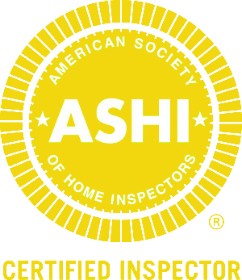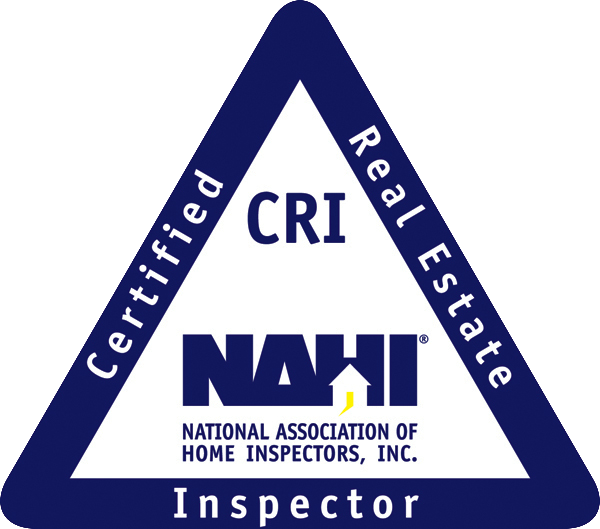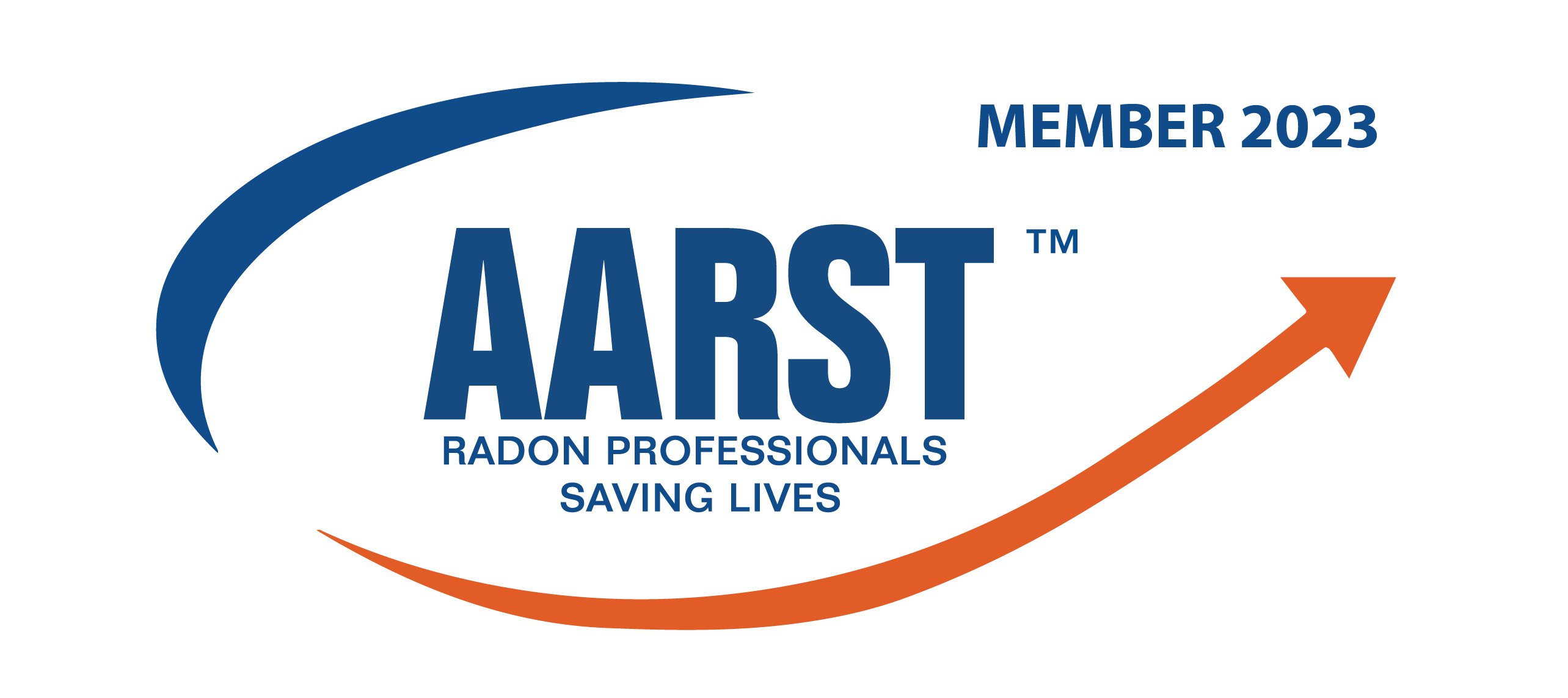Headaches and nausea can mean the `silent killer’ has invaded your home
By Richard F. Pezzino
Each year when the weather gets cold enough to turn on our furnaces, we hear news about a family that has been overcome by carbon monoxide, or CO -- a by-product of combustion. Typically, the family is experiencing headaches, nausea and fatigue, and sometimes even unconsciousness, but since this gas – often called the “silent killer” -- is odorless and colorless, they are not even aware of its presence in their home.
Nearly 200 people in the United States die each year from CO exposure, and thousands of others become ill or seek medical attention. After being inhaled, CO is absorbed into the bloodstream, taking the place of oxygen in blood cells and forming Carboxyhemoglobin. In the body, tissues with the highest oxygen needs are the most seriously affected by CO. These include the brain, heart and other large muscles.
Americans spend approximately 90 percent of their time indoors, and now that our homes are typically weather-tight and exhaust fans are used more frequently, there can be an increased negative pressure in the home, causing CO to be captured in the house.
This problem is caused by improperly vented or malfunctioning combustion appliances and often, the furnace is the culprit. Other appliances such as space heaters, water heaters, stoves and clothes dryers can be at fault. The best defense is a good offense – install UL standard 2034 or IAS 696 CO detectors on every level of your home.
The next step is to give your furnace a check-up each fall. Furnaces are vented to chimneys, and if the chimney is not capped off, debris can fall into it and block gases from escaping. The same thing can happen with your fireplace chimney. There has to be enough of an updraft to pull toxic CO up and out of the home.
Water heaters also should be vented into a chimney through a tube that goes between the chimney and the heater. This exhaust must be properly lined up and the exhaust pipe kept clear to ensure all toxic gases are vented out of the building. Other sources of CO include clothes dryers, which tend to shift during operation resulting in the disconnection of the exhaust hose; space heaters, which should be vented to the outside unless they are electric; and stoves. It is not required that stoves be vented, however, if a stoves or cooktops are used to heat the environment, they can produce an excess quantity of CO.
There are a few common sense rules in preventing CO contamination of your home. Don’t use a charcoal grill in the house, don’t operated any gas-powered equipment such as a lawnmower or leaf blower indoors, and don’t warm your car up in a closed garage. Have your chimneys cleaned regularly and check all vent/chimney connections. If you see rust, scale, soot on burners or in a heat exchanger, in a vent or an appliance clean out, or moisture on the inside of windows – you could have a CO leak.
It’s best to maintain your home and prevent problems before they start, but if you haven’t, it’s usually the weakest member of the household who suffers first – much like the canaries that used to alert miners to the presence of poisonous gases in underground mines. Infants and children, pregnant women, people with angina and the elderly will be the first affected.
Lower concentrations such as below 400 parts per thousand (PPM) of CO will cause frontal headaches lasting from one to two hours, and even low levels can become life threatening after three hours. A level of 800 PPM will cause nausea and convulsions, and death after two hours, 1600 PPM will cause nausea after 20 minutes and death within an hour, and 12,800 PPM can cause death within one to three minutes, so this is a highly dangerous gas.
Don’t wait for your household’s “canary” to identify a problem, prevention is worth a pound of cure.
Richard F. Pezzino is a Certified Home Inspector, a member of the National Association of Home Inspectors, National Radon Safety Board and has U.S.E.P.A. training in Lead Abatement and Lead Risk Assessment. His company, Accu-View Property Inspections, can be reached at 716-882-2200 or on the web at www.accuviewinspections.com.











